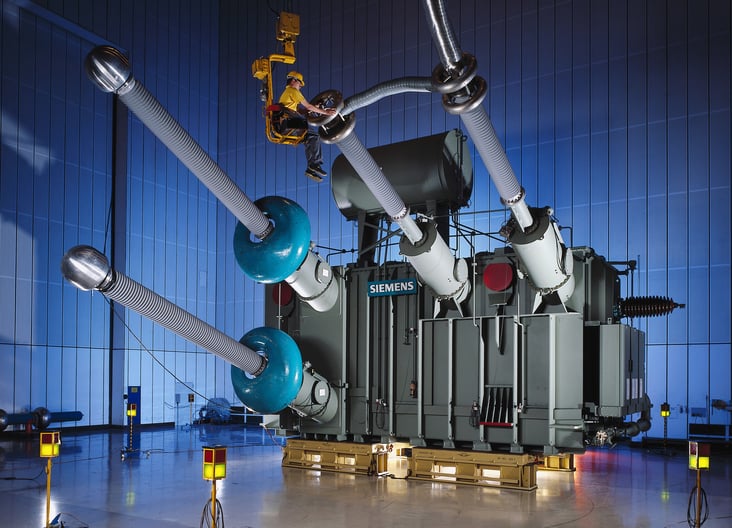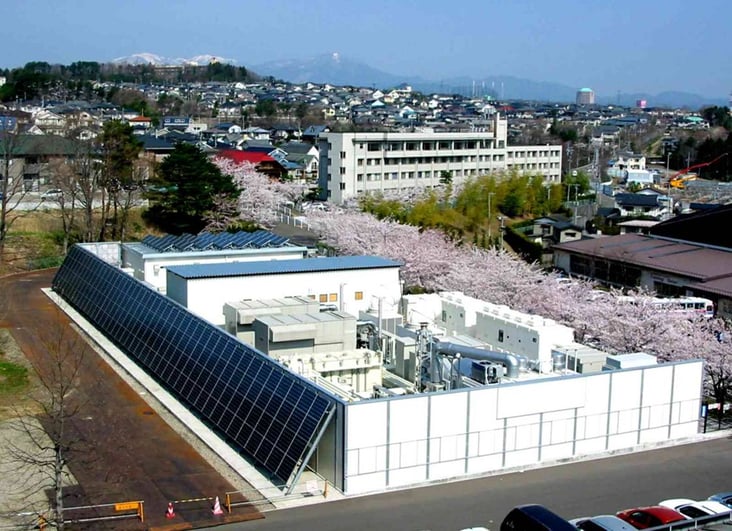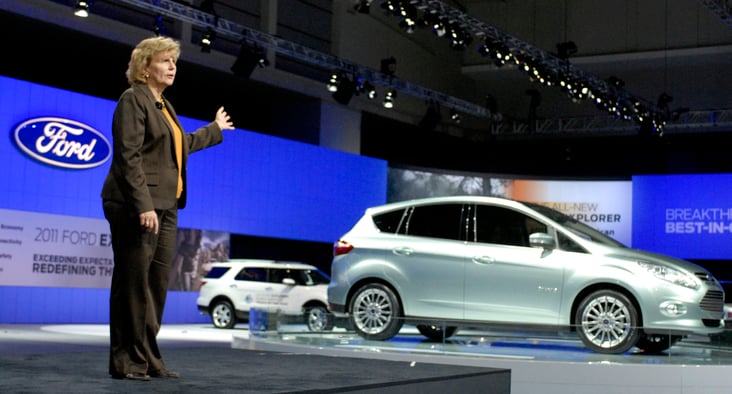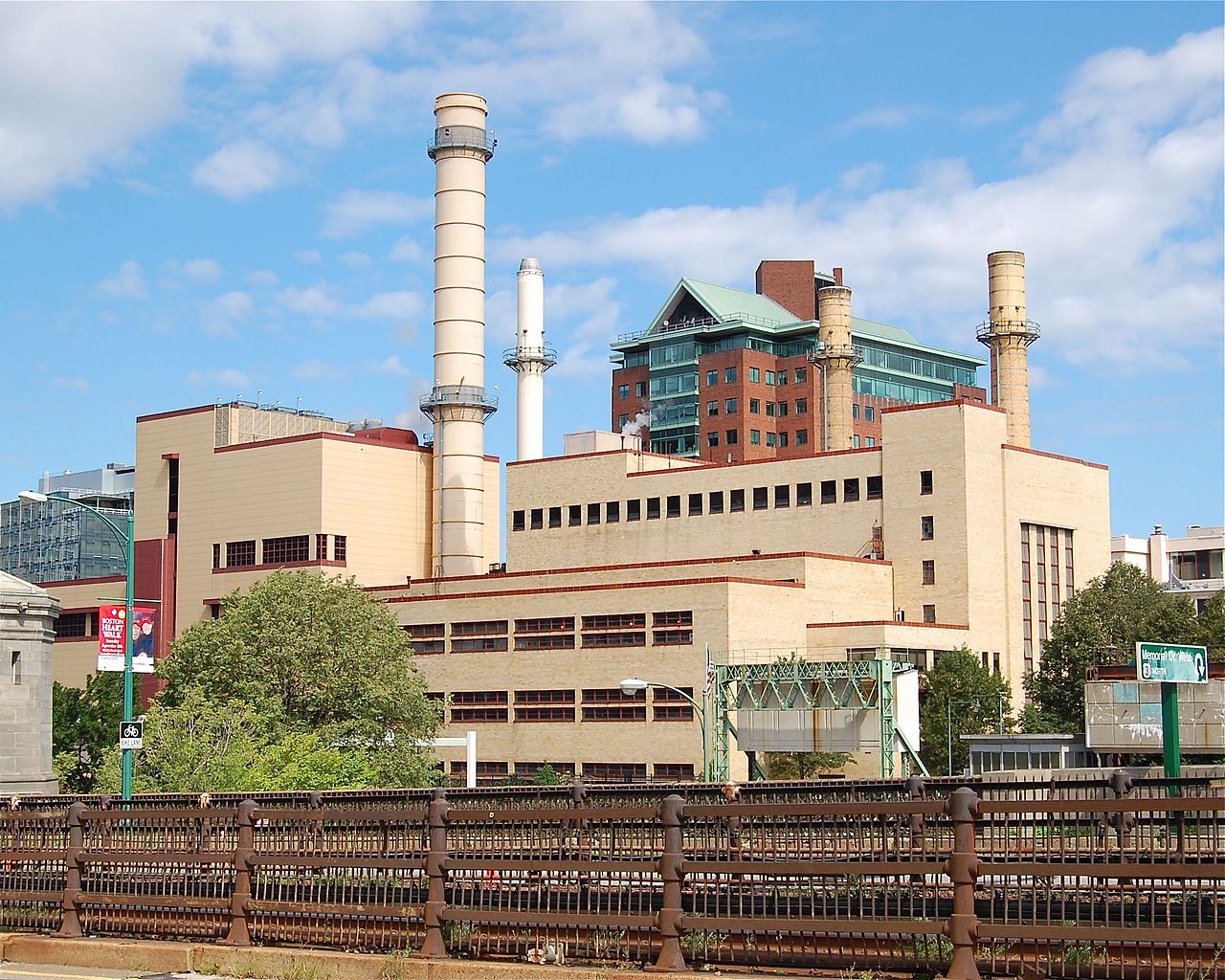This post is one in a series featuring the complete slate of advanced energy technologies outlined in the report This Is Advanced Energy.
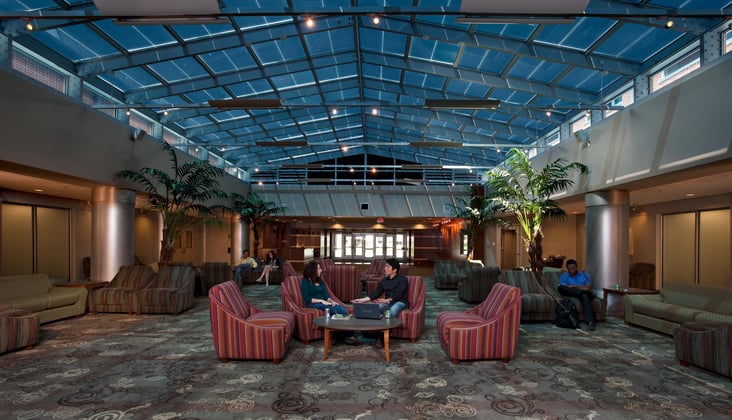
Image courtesy of Sage Glass.
The building envelope consists of all the elements of a building that separate its interior from the exterior environment: external walls, insulation, windows, and roofing. Advanced building envelope materials can reduce building energy use and costs by lowering heating and cooling loads, which account for roughly 50% of energy consumed by a typical U.S. home and 40% in commercial buildings. Heating and cooling loads can be reduced by as much as 40% simply by using efficient building envelope technologies. Roof and attic insulation alone can reduce heating and cooling needs by 10% to 15%.
